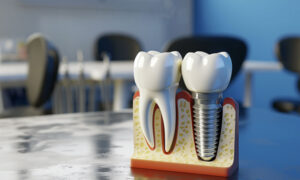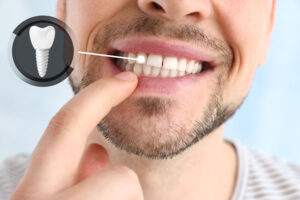A dental implant in Concord, CA is a reliable and long-lasting tooth replacement option when people have one or more missing teeth. Whether people need to get treated with single dental implants, implant supported dentures, or full mouth dental implants, all types of dental implant options can restore the look, function and health of people’s smiles.
Dental implants can restore people’s smiles in numerous ways because of the parts that compose them. Ready to learn more about the parts that compose a dental implant? Continue reading to learn in more detail about the parts that compose dental implants.
The Parts That Compose A Dental Implant In Concord, CA
No matter which type of dental implant patients get treated with, all types of dental implants are composed of three main parts. The parts that compose a dental implant are the dental implant post the abutment and the prosthesis (tooth crown). The following explains in more detail what each dental implant part is and how it helps to restore a patient’s smile:
Dental Implant Post:
The dental implant post is the part of a dental implant that is made to act like a natural tooth root. A dental implant post is made from biocompatible titanium material that is strategically angled and placed in the area of the jawbone that has enough jawbone density to support it. Once the dental implant post is placed in the patient’s jawbone, it fuses with it (also called osseointegration) and becomes a permanent part of their smile.
With the dental implant post fully fused with the jawbone, it starts stimulating it like a natural tooth root would. The stimulation keeps the jawbone healthy and strong so that it can be a stable foundation for the patient’s new smile. The number of dental implant posts patients get treated with depends on the type of dental implant the patient is getting treated with, and how many dental implants they need to restore their smile.
Abutment:
The abutment is made to serve as the connector piece for the dental implant post and the prosthesis. Once the dental implant post has successfully integrated with the jawbone, the abutment is attached to the post. This component protrudes above the gumline, providing a connection point upon which the prosthesis (tooth crown) is placed.
The abutment is designed to hold the crown securely, ensuring a stable and well-aligned new tooth. In essence, the abutment functions as a vital link that connects the dental implant post with the artificial tooth (crown), contributing significantly to the restoration of a patient’s smile.
Prosthesis (Tooth Crown):
The prosthesis, or tooth crown, is the visible part of the dental implant and the component that gives the restored tooth its natural appearance. The color, shape, and size of the prosthesis is custom designed from ceramic material, giving the patient a natural looking and aesthetically enhanced new smile.
This part of the dental implant is attached to the abutment and serves to restore the patient’s smile aesthetically while also providing the functional aspect of a normal tooth. With the prostheses part of a dental implant, patients are able to eat, speak, and smile with ease and confidence.
How Exactly Is A Dental Implant Placed?
The process of placing a dental implant begins with a consultation, where the patient’s oral structures are examined by the doctor with a CBCT scan. If it is found that the patient does not have enough jawbone density to support their dental implant, a bone grafting procedure can be performed to restore it.
After local anesthesia is administered so patients have a comfortable procedure experience, the dental implant(s) can then be strategically and accurately placed in the patients jawbone with Yomi®. Yomi enhances digital workflow and dental implant placement efficacy.
The dental implants can then gradually fuse with the jawbone, in a process known as osseointegration. Osseointegration typically takes three to six months. After the dental implants have fused, the abutment can be attached and will anchor the final prosthesis. The entire dental implant procedure process typically takes about six to eight months and is custom planned and made with a dental lab.
See Us Now So We Can Transform Your Smile With Dental Implants
Are you ready to restore the look, function, and health of your smile with dental implants? When you come to our caring and advanced office, we can expertly treat you with dental implants through the latest techniques and technologies.
Why wait to improve your smile with us? Get in contact with our doctors, Dr. Gavin Ewing and our exceptional team at our office to schedule an appointment today!




